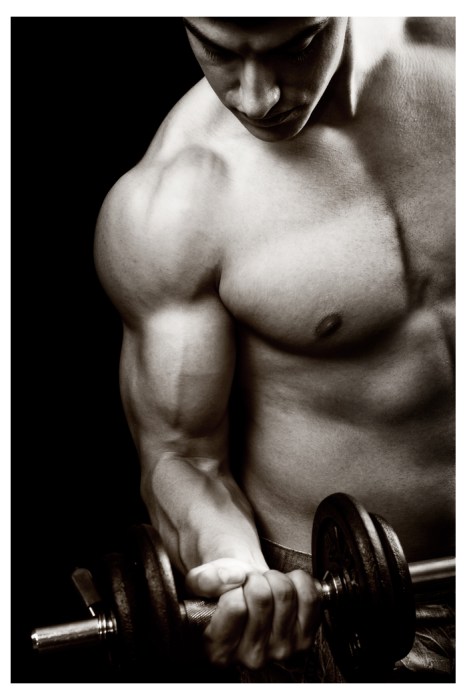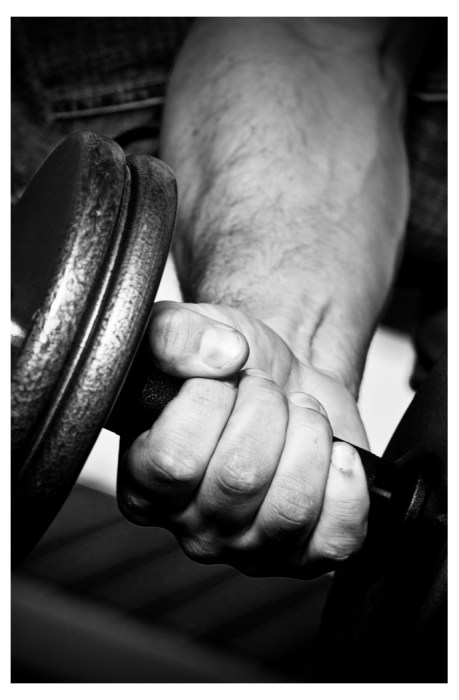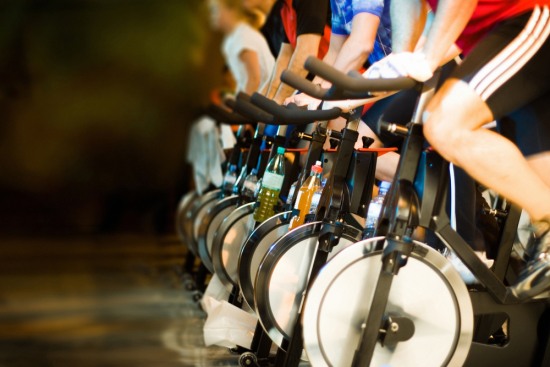Bicep Short Head Workout: Is Isolation Possible?
Whether you’re looking to compete on stage, or simply want to build bigger arms, it’s important to understand the difference between training the bicep short head, and bicep long head.
[divider]
Bicep anatomy
[one_half]Being one of the most prominent muscles on display in poses such as the double front bicep and most muscular, the biceps form an important part of a well balanced physique.
This is despite the fact that they only make up around one third of your upper arm in terms of sheer muscle mass.
Even if you aren’t planning on competing, your arms are usually the muscle that’s most on display.
The important thing to realize is that similar to the triceps, the biceps are actually made up of more than one ‘head’.
In fact, there are 2 main heads that combine to form the overall bicep (Biceps Brachii); the long head and the short head.[/one_half]
[one_half_last] [/one_half_last]
[/one_half_last]
But while it’s not uncommon to find the latest bicep workouts in your favourite monthly fitness magazines, they often don’t talk about whether those exercises focus more on the long or short head of the muscle.
It’s not unlike training your chest. Although the flat bench is certainly important, it’s usually not the best choice of exercise when it comes to developing your upper chest, even though essentially they form the same muscle (pectorals).
If you’re not sure how to tell the difference between the two heads of the bicep, the short head is the section of the muscle that presses against you when your arms are by your sides.
The long head is the section of the muscle that’s most prominent in the rear double bicep pose, and goes together with the brachialis to help create the peaked bicep look.
[divider]
Knowing when you’re targetting the short head
Because the biceps aren’t the largest muscle group in the body, it really doesn’t take many exercises to break down the muscle enough for it to build back stronger.
That’s why it’s important to make your exercise selection wisely, and frequently change up your routine to prevent plateaus in strength and size gains.
You want to choose 3 or at most 4 exercises to target the bicep, depending on your current training split, recovery time, and how hard they get hit on back day.
Taking a 3 exercise workout as an example, this matches up nicely to the 3 sections of the upper arm we need to train; the long head, short head, and brachialis.
Unlike our earlier example of the bench press, isolating either head of the bicep isn’t such a straightforward process.
Whereas in chest training you can simply increase the incline of the bench, being able to train the short head of the bicep almost exclusively is based on your own personal body composition and how you perform the exercise.
[divider]
Is it really all about the grip?
[one_half]If you workout at a commercial gym, you might have seen people training with an EZ curl bar, using the widest grip position possible to curl the weight.
This is usually done in an effort to expose the short head of the muscle, and trying to make that section of your bicep do the most work.
If you’ve tried this in the gym yourself, you might have noticed it can be an excellent exercise for getting a ‘pump’ in the short head when performed with strict form. But does it really encourage that specific section to grow any more than the long head?
Unfortunately we haven’t been able to come across any scientific studies that have looked into the effects of the wider grip on the short head of the biceps, but it certainly seems to make sense.[/one_half]
[one_half_last] [/one_half_last]
[/one_half_last]
Your hands are in a supinated position (palms facing up), taking a lot of the work away from the forearms and brachialis.
The extra width also helps to turn the long head of the bicep away from the plane of motion the bar travels through when curling the weight under strict form, close to your body.
[divider]
Bicep short head: Grip positioning vs. elbow positioning
The best way to find out how effective this exercise is, would be to try it out on your next bicep training day.
But we also have another variation for you to try, to see which one performs better.
This involves using the same supinated grip, EZ curl bar, and wide grip, but using an angled preacher curl pad, instead of keeping your elbows close to your sides.
You don’t need to keep the sides of your hands pressed against the ends of the bar, but maintain a grip that’s slightly wider than shoulder width.
If you don’t feel that this exercise isolates your biceps enough and you are too tempted to use a combination of your back and momentum to move the bar, try lowering the weight, or take a look at spider curls.
These can also be used with the same preacher pad, but with your triceps resting against the vertical side of the pad, not the angled section.
As long as you don’t let your ego take over, this does a much better job of taking your back strength out of the equation, and focussing entirely on your biceps to do the work, with the main focus being on the short head.
[divider]
The EZ Curl bar vs. dumbbells
We’ve chosen to exclude the straight bar from our list of exercise options, as we’ve found the EZ curl bar offers greater freedom of grip positioning, and reduces the strain placed on your wrists and forearms.
This is more due to personal preference, and is definitely something you should test for yourself when performing either the spider curls or wide grip standing curls.
But what about dumbbells? One of the most traditional exercises seen in gyms throughout the country is the dumbbell bicep curl, so can they be used to isolate the short head of the biceps brachii?

If you prefer using dumbbells to barbells in your bicep workouts, try to follow the same exercise choices as talked about above, but specifically the preacher curls and spider curls.
By using a dumbbell instead of an EZ curl bar during preacher curls, your wrist has a much greater freedom of movement, allowing you to add a small degree of rotation when you approach full contraction.
If you turn your thumb away from you slightly when you’re bringing the dumbbell towards you, this creates a stronger contraction in the area of the bicep we’re trying to target; the short head.
[divider]
Conclusion
Before we start talking about how much of a correlation there is between muscle contraction and muscle growth, we’re going to quickly conclude on what we’ve covered.
The following points are designed to act as guidelines for A / B testing the effect they have on your own training.
But it’s also worth trying each type of exercise in isolation for at least 6 weeks, to help determine how much of an improvement it really has on the development of the short head.
If you can identify measurable improvements, either in the mirror or according to the tape measure, then it might be worth including that variation in your regular bicep workouts in the future.
Bicep Short Head Training Tests:
[checklist]
- Performing standing curls with a wider than shoulder width grip, using a straight bar or preferably an EZ curl bar
- Using the same width grip and bar, perform preacher curls with your triceps resting against the angled section of a preacher curl pad
- Switch your body position around and try performing the same exercise with your triceps resting against the vertical section of the preacher pad (spider curls)
- Swap the EZ curl bar for a dumbbell and try adding a slight twist away from you at the top of each rep to focus the contraction on the short head of the bicep
[/checklist]
Have you already found success with any of the exercises listed above, or do you have your own exercise variation that works?
Feel free to let us know in the comments below and we’ll give it a try on our next workout, then report back on the results.






